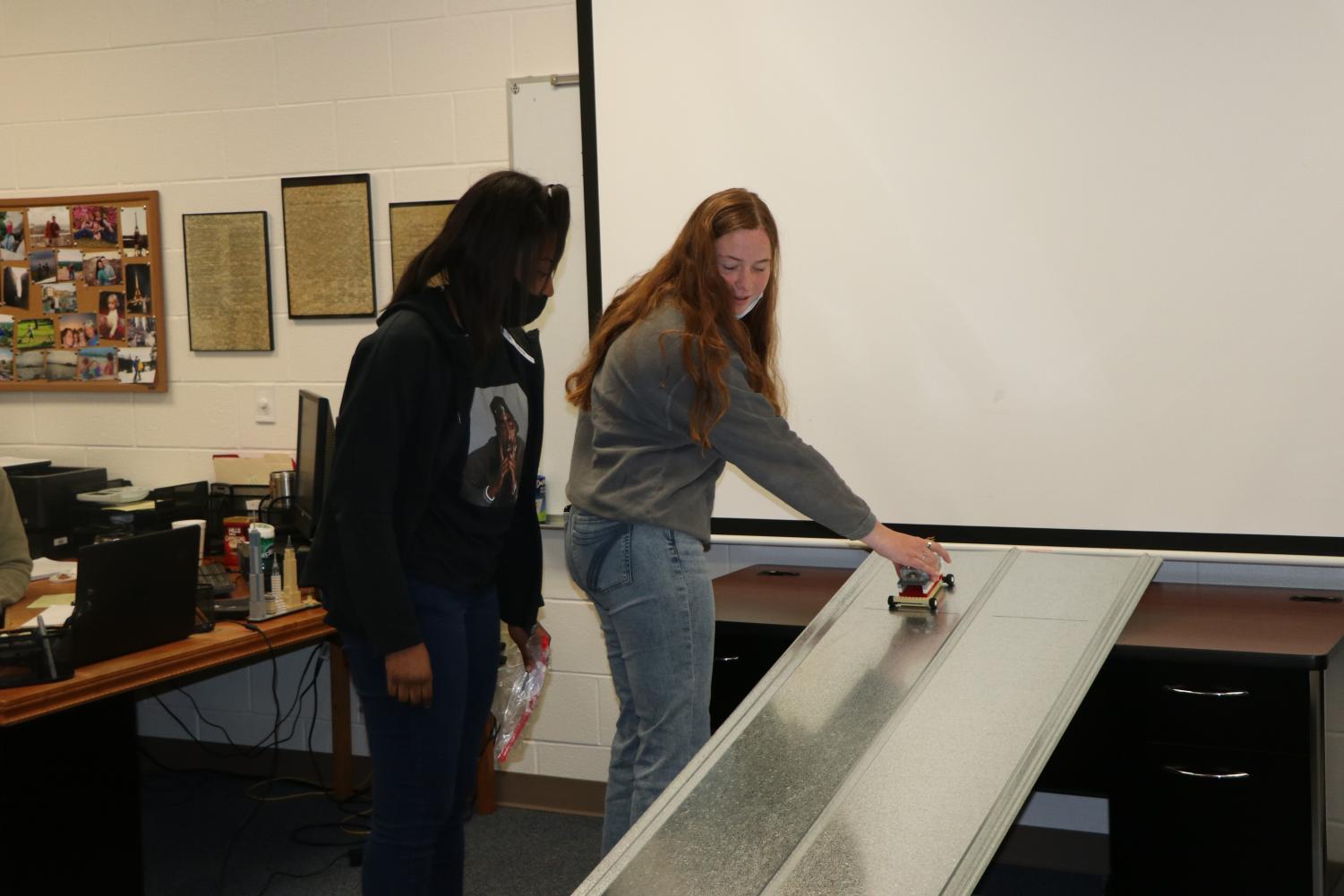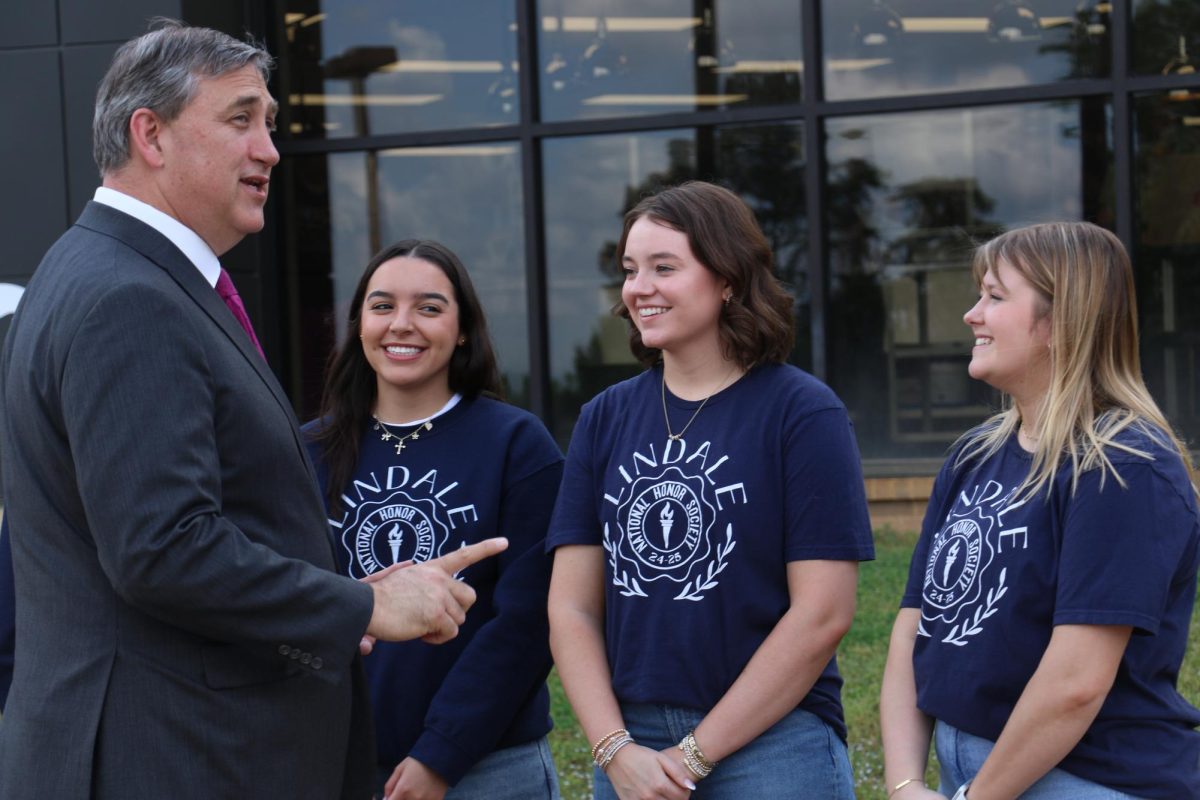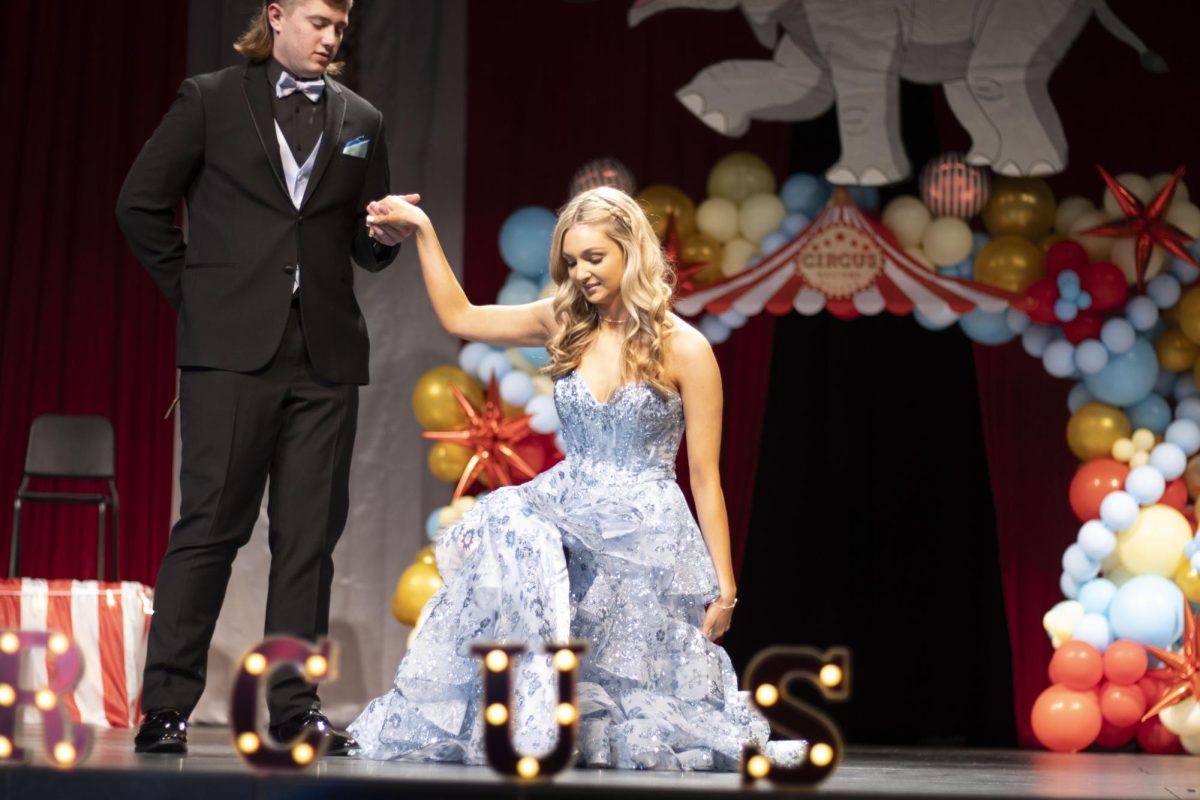Students in Jason Fleming’s physics class worked with Legos the week before spring break to study friction and gravity. Students spent a week designing Lego vehicles and releasing them on a track built in the classroom.
“First and foremost, it provides a way to demonstrate the physics principles the students have learned,” Fleming said. “The primary question the students are attempting to answer in the lab is, ‘How does the mass of a vehicle affect the velocity as it travels down a ramp propelled only by the force of gravity.’ ”
Students had no limits on what they could build as long as it was able to move down the ramp. The students take measurements of mass, time and displacement while also making calculations of average velocity, top speed and acceleration.
“This project was a fun way for us to help learn the concepts he had been teaching us most of the year,” junior TJ Paxton said. “I was able to both play with Legos while also learning the concepts of gravity, friction, and mass’s effect on those concepts.”
Following the tests, Fleming would rank the vehicles created by the students and crown a first place vehicle for its speed. Fleming has continued this project year after year due to its success in helping students learn the concepts he taught.
“There is one additional personal, ulterior motive for designing this lab,” Fleming said. “Every year my wife asks why I am buying more Legos and every year I’m able to give the same ‘honest’ answer: ‘It’s job related.’”












